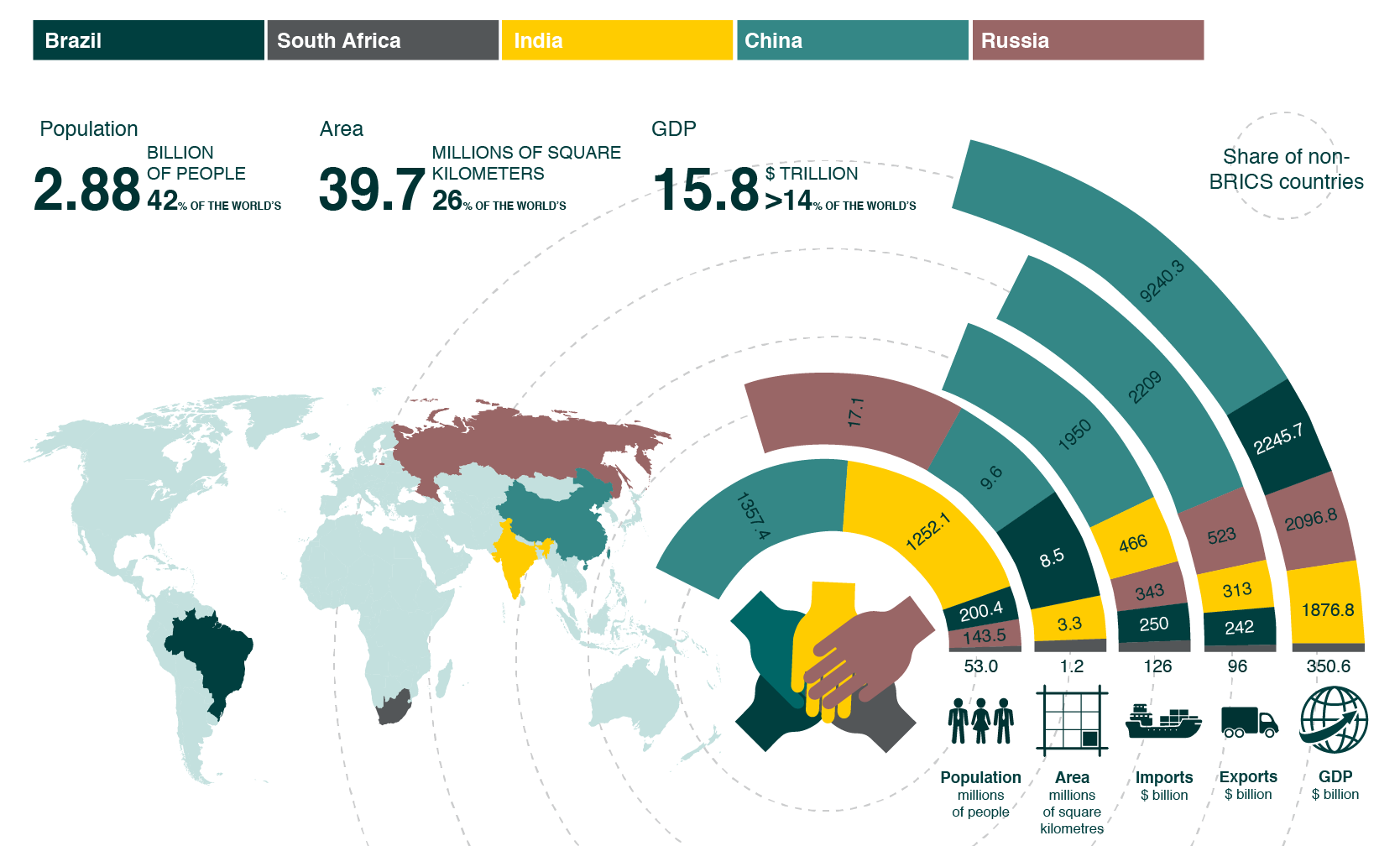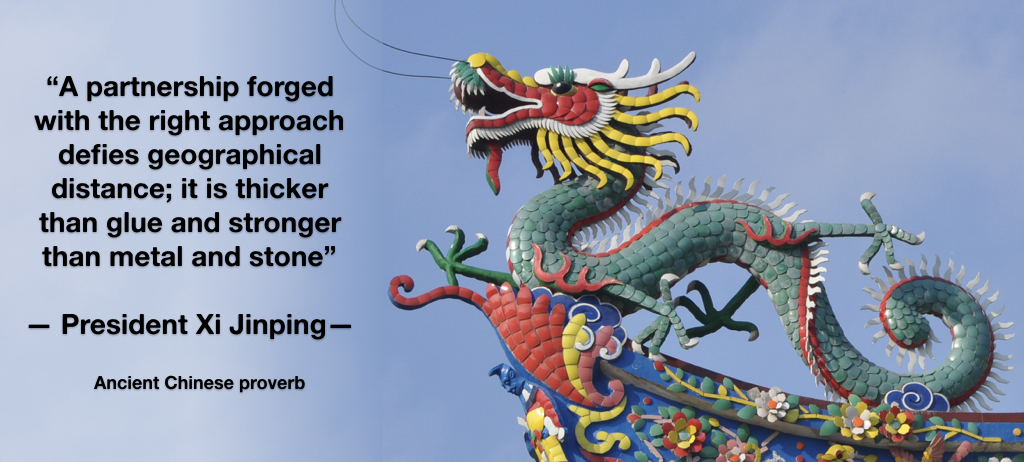Brazil, Russia, India, China and South Africa (BRICS) remain some of the fastest emerging economies in the world, accounting for over $16 trillion in GDP and nearly half of the working population. These powerhouses of the global economy met at the 9th Annual BRICS Summit in Xiamen, China to consolidate resources, strengthen prospects for economic growth and establish a unified political position on some of the world’s most significant challenges.
Brazilian President Michel Temer, Russian President Vladimir Putin, Indian Prime Minister Narendra Modi and South African President Jacob Zuma all met to reinforce their significance on the global stage and discuss the direction of their continued partnership. Unlike other economic associations like the International Monetary Fund or the World Bank, the shared objective of the BRICS partnership is not to set up an economic, security or political system. They are instead forming a pragmatic 21st-century relationship that pools the resources and influence of its members in order to achieve common objectives agreed by all five countries. This is quite the accomplishment when you consider that they are so dispersed geographically, with economies in different stages of development and a fair degree of ideological dissonance.
Why have the BRICS sustained this unlikely partnership over the last decade? Each country has their reasons:
- Brazil intends to strengthen their trade and investment relationship with Asia.
- Russia wants to establish an economic and geopolitical counterweight to the Atlantic system.
- India is strengthening its position as a leader of the developing world.
- China wants to develop governance systems in which its political influence is commensurate to its growing economic superiority.
- South Africa is legitimizing its role as a gateway to the African continent.
Despite varying intentions, there is unprecedented cooperation on trade, infrastructure, finance, urbanization and climate change.
.
BRICS by the numbers
Source: World Economic Forum (2017)
.
Platforms such as the BRICS Academic Forum and Business Council have shared academic, commercial and political knowledge to strengthen economic growth. The BRICS New Development Bank (NDB), with its capacity to lend up to $34 billion per year while holding an emergency reserve fund of $100 billion, is now being pegged as an alternative and supplementary financier for international development. The Contingency Reserve Agreement also establishes liquidity and precautionary instruments in response to actual or potential short-term balance of payments pressures. The BRICS Agriculture Research Platform will promote sustainable agricultural development through strategic cooperation to strengthen global food security. This will address the issues of world hunger, under-nutrition, poverty, inequality, agricultural trade and climate resilience. The importance of these initiatives cannot be understated. They mark a shift from political rhetoric to delivering concrete results. More importantly, they offer credible alternatives to dollar hegemony and the Bretton-Woods system of global governance.
While such institutions are unlikely to ever replace the International Monetary Fund or the World Bank, they represent a fair and fundamentally different governance paradigm. By giving equal voting rights to its founding members and improving reliance on local currencies, the BRICS members are attempting to create a new template for the developing world. The NDB has begun work on its first sustainable development project, which involves solar energy generation across rooftops in Shanghai. Last month the NDB Board of Directors approved four additional projects in China, Russia, and India worth more than $1.4 billion. The next round includes a $2 billion sovereign finance facility for flood control and water quality and a $470 million for developing rural water supplies across BRICS nations. Another $30 billion will fund 15 additional infrastructure projects by the end of 2017. The rest of the world is taking note with Afghanistan, Argentina, Indonesia, Mexico, Turkey, Egypt, Iran, Nigeria, Sudan, Syria, Bangladesh and Greece expressing an interest in joining the partnership.
There are several reasons to be optimistic about the BRICS’ future prospects. They have achieved an average of 6% growth per annum this decade, which is more than double that of Group of Seven Nations. Over the past year, the International Monetary Fund has repeatedly revised up its growth forecasts, which are now expected to expand by 4.8% in 2018. The BRICS will approach the total economic prowess of the G7 by as early as 2030, and by 2050 they are projected to be nearly double the size. The tables in global governance and economic dominance are indeed turning.
The world is changing rapidly and the BRICS have reaffirmed their commitment to globalization that allows for sovereign equality and democratic decision-making at home and across borders. This approach will strengthen multilateralism, ensure economic growth and establish geopolitical influence for its members that will help shape an entirely new global system in their favor.

